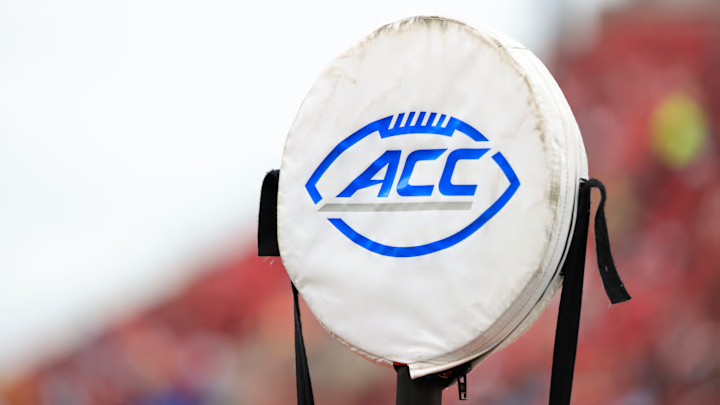North Carolina Tar Heels: The 1990s
The choice for North Carolina was surprisingly tough. UNC has been more respectful in football than people realize. I was surprised at the collection of different eras to choose from. The Carl Snavely years from 1946 to 1952 produced two appearances in the Sugar Bowl and one appearance in the Cotton Bowl. However, North Carolina lost all three of those games, and Snavely's tenure ended horribly with back-to-back two-win seasons.
Bill Dooley rebuilt the program after he became the coach in 1967. He would lead North Carolina to six bowl games until he left after 1977. His tenure though was marked by losing five of those six bowl games and only being ranked in the final AP poll just once. When Dick Crumb took over, he kept the program above water and the Tar Heels won four straight bowl games from 1979 to 1982. However, just like Carl Snavely, his tenure ended with subpar success from 1984 to 1987 as UNC had three five-win seasons.
This leads us into the 1990s. One of the coolest decades ever brought North Carolina its best consistent success under one head coach. Mack Brown made a name for himself in the coaching ranks with the job he did at Chapel Hill. He jumped up to the ACC in 1988 after a three-year stay at Tulane that was mostly mediocre. In 1988 and 1989, Brown and his Tar Heels would suffer back-to-back 1-10 records. In 1990, the trajectory of the programs was looking up with a 6-4-1 finish that included a 13-13 tie against #11 Georgia Tech, In 1991, UNC would be ranked in the top 25 for the first time since 1986, when they were seen at #23 in the September 23rd poll.
The true fun started in 1992 though. After a blowout loss to #8 Florida State in the sixth game of the year, UNC would win four of their last five games to end the regular season, including ranked wins over #17 Virginia and #19 Georgia Tech. Then, in the Peach Bowl, North Carolina would defeat #24 Mississippi State to finish 9-3. It was their first bowl win in a decade. 1993 would open with a road destruction against #18 USC. Other than Florida State, UNC beat everybody in their way for their first double-digit win season since 1981.
1994 would still be a good year, despite a two-win regression and an 8-4 mark. In 1995. North Carolina would finish 6-5 in the regular season but would finish on a high note, winning the Carquest Bowl against Arkansas. 1996 and 1997 would be the best years of this era. 1996 would see the school finish 10-2 and rank 10th in the final poll, their first top-10 finish since 1981. If it wasn't for losses against #2 Florida State and #24 Virginia, UNC might've played for the national title. As a consolation, the school earned its second straight win in the postseason against #25 West Virginia in the Gator Bowl. 1997 would ultimately prove to be the best season in North Carolina football history. In what would prove to be Mack Brown's final season in his first regime with the school, UNC would win their first eight games.
Seven of those victories would come by double-digit margins. Unfortunately, they still couldn't get passed #3 Florida State. If they did, North Carolina probably could've had a chance to play for that National Championship as well. Despite the shortcomings, the Tar Heels would still win their final three games of the year, including their third straight bowl win in the Gator Bowl against Virginia Tech. Chapel Hill would end that year ranked 6th which was their highest final ranking since they ranked third in 1948. Mack Brown would leave before that game to take the vacant job at Texas. Carl Torbush would take over and with a depleted roster in 1998, still managed to help win the school their fourth straight bowl game in the Las Vegas Bowl against San Diego State to finish 7-5.
